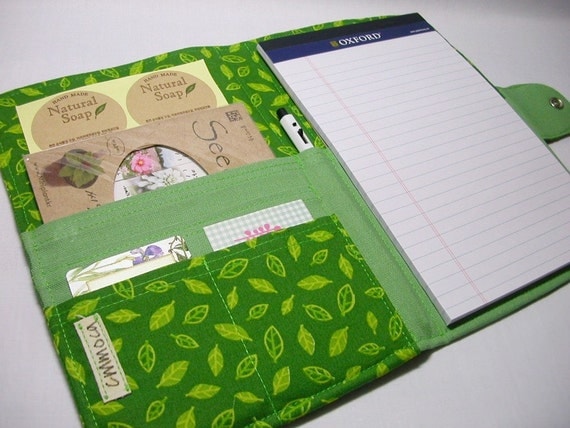

“Teaching Critical Thinking: The Believing and Doubting Game.” 22 March 2006. New York: Oxford University Press, 1986.Shapiro, Alan. Embracing Contraries: Explorations in Learning and Teaching. is acting responsibly in refusing to sign onto the Kyoto Protocol.Sources:Elbow, Peter. Write your “take” on the reading after believing, doubting and thinking about the issues.Sample Topics for Doubting and BelievingVitamin supplements are usually unnecessary.Censorship is not an effective way to protect children.Birthright citizenship should be repealed.Athletes have the right to accept the benefits and risks of performance-enhancing drugs.Genetically engineered food is dangerous.The U.S. Explain this side to others or write it down on one side of a page or notecard. Search out weak points and hidden agendas. Persist in looking for problems and pitfalls. Doubt by questioning every obvious and hidden assumptions. Explain these to others or write them down on one side of a card or page. Work at understanding the author’s main points. In other words, students need to embraceboth because believing and doubting are tools to deepen thought and avoid spontaneousevaluations.Tell your students to follow these three steps: Believe everything the author says, even if the ideas seem contradictory. Believing is the otherhalf, and it involves an equally vigorous and conscious effort to “believe everything, nomatter how unlikely or repellant it might seem, to find virtues or strengths we mightotherwise miss” (Embracing Contraries 257-58). Elbow maintains that doubting is only half the process. Often, students are encouraged to question(doubt) everything they read by searching out contradictions, inaccuracies, and illogicalreasoning. THE DOUBTING/BELIEVING GAMEPeter Elbow’s “doubting and believing game” creates a framework for thinking criticallythat is useful in and out of the classroom. Dee Baer, and Dorry Ross,, University of Delaware Writing Center, 2006 Yourattention to their communication is a powerful statement to students that you hear what they have tosay in large classes, this feature is especially welcome. You can also share some students’ written comments or questions in a future class. My students earn 10% of their grade fromparticipation/notecards.You can review the cards quickly between class meetings and respond to several with a comment ortwo. They also show students that writing their ideasclearly and concisely is an important enterprise.Notecards should count toward the final grade, although this doesn’t mean you need to grade eachone each time: checks and minuses work fine. As such, they convey important information about student learning and can be included inany assessment documentation you wish to collect.

Minutewrites can also be used for many of the activities we havesuggested on other notecards: exit cards, questions of the day, and so on.Minutewrites are not freewrites (rapid written “idea dumps” that generate quick initial ideas) rather,they are thoughtful, focused postings by students that reflect their current understandings andquestions. Dee Baer, and Dorry Ross,, University of Delaware Writing Center, 2006 MINUTEWRITES (aka microthemes or the three-minute paper)Students write short papers on one or both sides of a 5x8 notecard as they explore a topic you areabout to present, reflect on a key question about the reading or lecture, or focus their thoughts beforea class or small group discussion.
5x8 notecard free#
Feel free to use or adapt these,and please attribute them to us if you print them out.

Graded or non-graded, writing helps develop critical thinking andcontributes more than any other single element to student engagement.We have also included a list of useful sources and websites. If you like, you can assign themas brief homework assignments to ensure that students are prepared for class or to help themdevelop critical thinking. You can add these activities to your repertoire of informal writing activities.These should take no more than five minutes of class time. TOPS Products is not affiliated with the Microsoft Corporation or Adobe Systems Incorporated.Low-stakes Writing and the 5x8 NotecardHere are fifteen low-stakes, easy-to-grade writing activities that students can complete on5x8 notecards. PowerPoint and Word are trademarks of Microsoft.Corporation in the United States and/or other countries.Īdobe Reader is a brand of Adobe Systems Incorporated. MS Word and MS PowerPoint compatible with MS Office 97Īdobe Reader compatible with Adobe Reader versions 7.0 and later.ĬlearVue, Spine Vue, ShowFile, OneStep, Oxford, Pendaflex and Holdit! are trademarks of TOPS Products. Blank Templates: Oxford Printable Index Cards


 0 kommentar(er)
0 kommentar(er)
